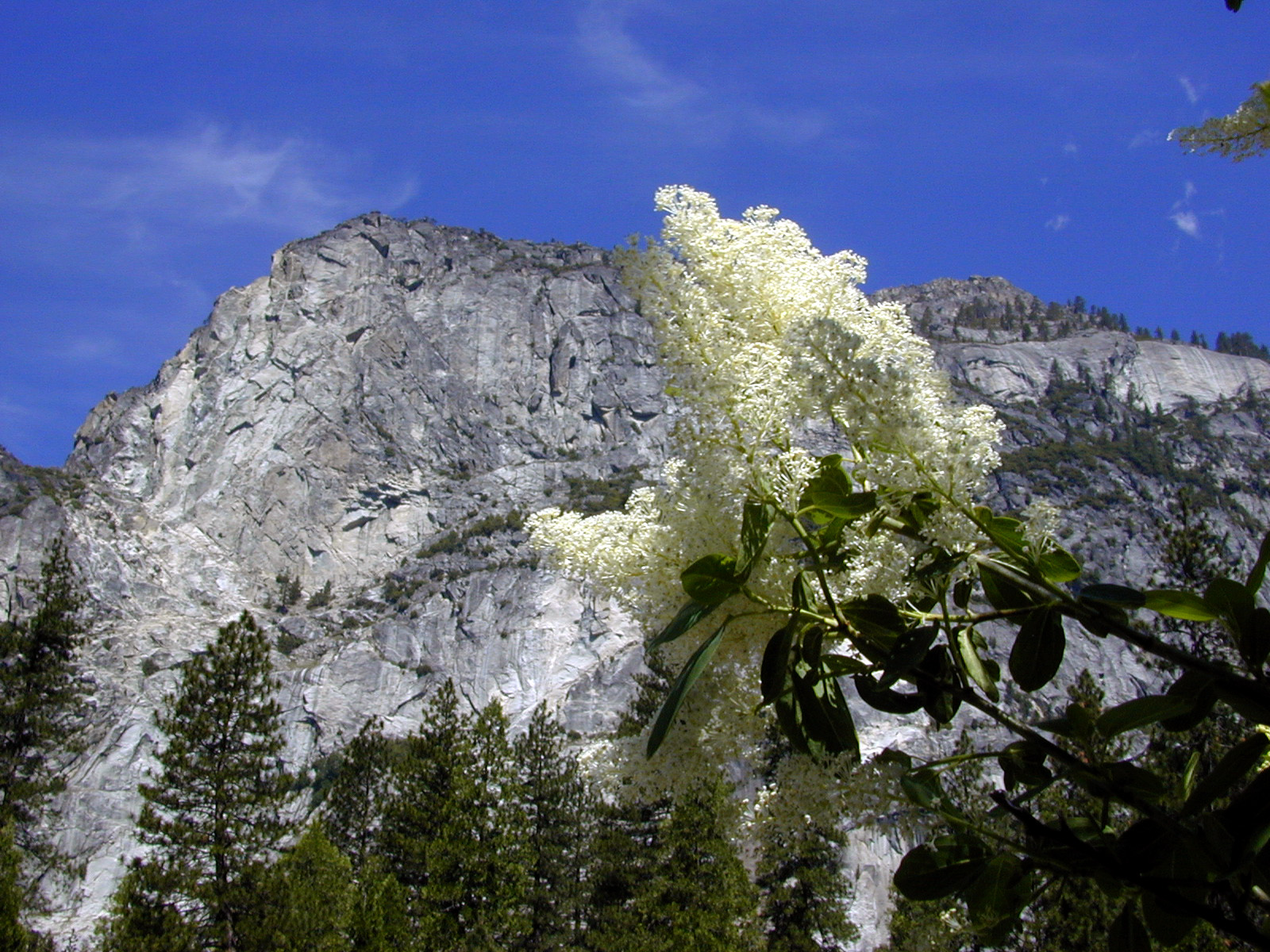|
Ceanothus Depressus
''Ceanothus depressus'' Benth.Bentham, Planta Hartwegiana 8. 1839. is a shrub in the family Rhamnaceae, native to the Mexican states of Chihuahua and Sonora. It is a shrub up to 70 cm tall, growing in clearings in pine-oak forests. Uses The Pima Bajo in the vicinity of Yepachic (Chihuahua) and Maycoba (Sonora) refer to the species as "junco," a name more commonly used for ''Juncus'' spp. in most of Mexico Mexico (Spanish: México), officially the United Mexican States, is a country in the southern portion of North America. It is bordered to the north by the United States; to the south and west by the Pacific Ocean; to the southeast by Guatema .... They use the aromatic red roots to make a flavorful tea.Laferrière, Joseph E., Charles W. Weber and Edwin A. Kohlhepp. 1991. Mineral contributions from some traditional Mexican teas. Plant Foods for Human Nutrition 41:277-282. References {{Taxonbar, from=Q15533847 depressus Flora of Mexico Flora of Chihuahua (s ... [...More Info...] [...Related Items...] OR: [Wikipedia] [Google] [Baidu] |
Rhamnaceae
The Rhamnaceae are a large family of flowering plants, mostly trees, shrubs, and some vines, commonly called the buckthorn family. Rhamnaceae is included in the order Rosales. The family contains about 55 genera and 950 species. The Rhamnaceae have a worldwide distribution, but are more common in the subtropical and tropical regions. The earliest fossil evidence of Rhamnaceae is from the Late Cretaceous. Fossil flowers have been collected from the Upper Cretaceous of Mexico and the Paleocene of Argentina. Leaves of family Rhamnaceae members are simple, i.e., the leaf blades are not divided into smaller leaflets.Flowering Plants of the Santa Monica Mountains, Nancy Dale, 2nd Ed. 2000, p. 166 Leaves can be either alternate or opposite. Stipules are present. These leaves are modified into spines in many genera, in some (e.g. ''Paliurus spina-christi'' and '' Colletia cruciata'') spectacularly so. ''Colletia'' stands out by having two axillary buds instead of one, one developing int ... [...More Info...] [...Related Items...] OR: [Wikipedia] [Google] [Baidu] |
Chihuahua (state)
Chihuahua (), officially the Free and Sovereign State of Chihuahua ( es, Estado Libre y Soberano de Chihuahua), is one of the 31 states which, along with Mexico City, comprise the 32 federal entities of Mexico. It is located in northwestern Mexico, and is bordered by the states of Sonora to the west, Sinaloa to the southwest, Durango to the south, and Coahuila to the east. To the north and northeast, it shares an extensive border with the U.S. adjacent to the U.S. states of New Mexico and Texas. Its capital city is Chihuahua City; the largest city is Ciudad Juárez. Although Chihuahua is primarily identified with its namesake, the Chihuahuan Desert, it has more forests than any other state in Mexico, aside from Durango. Due to its variant climate, the state has a large variety of fauna and flora. The state is mostly characterized by rugged mountainous terrain and wide river valleys. The Sierra Madre Occidental mountain range, part of the continental spine that also inc ... [...More Info...] [...Related Items...] OR: [Wikipedia] [Google] [Baidu] |
Sonora
Sonora (), officially Estado Libre y Soberano de Sonora ( en, Free and Sovereign State of Sonora), is one of the 31 states which, along with Mexico City, comprise the Administrative divisions of Mexico, Federal Entities of Mexico. The state is divided into Municipalities of Sonora, 72 municipalities; the capital (and largest) city of which being Hermosillo, located in the center of the state. Other large cities include Ciudad Obregón, Nogales, Sonora, Nogales (on the Mexico–United States border, Mexico-United States border), San Luis Río Colorado, and Navojoa. Sonora is bordered by the states of Chihuahua (state), Chihuahua to the east, Baja California to the northwest and Sinaloa to the south. To the north, it shares the Mexico–United States border, U.S.–Mexico border primarily with the state of Arizona with a small length with New Mexico, and on the west has a significant share of the coastline of the Gulf of California. Sonora's natural geography is divided into three ... [...More Info...] [...Related Items...] OR: [Wikipedia] [Google] [Baidu] |
Pima Bajo People
The Pima Bajo (Lower Pima or Mountain Pima) people are indigenous people of Mexico who reside in a mountainous region along the line between the states of Chihuahua and Sonora in northern Mexico. They are related to the Pima and Tohono O’odham of Arizona and northern Sonora, speaking a similar but distinct language.Estrada-Fernández, Zarina. 1998. Pima Bajo de Yepachi, Chihuahua (Archivo de Lenguas Indigenas de Mexico). Colegio de México. "Bajo" or "Lower" as part of the name refers to the geographic location in the southern part of the traditional Pima homeland. Some peoples identifying themselves as Pima and speaking the Pima language formerly lived farther west in the lowlands of Sonora, but they have long been absorbed into mainstream Mexican society. At present, the Pima Bajo are located in rugged, mountainous terrain in the Sierra Madre Occidental. Major communities in the Pima Bajo region include Maycoba and Yécora on the Sonoran side of the line, Yepáchic on ... [...More Info...] [...Related Items...] OR: [Wikipedia] [Google] [Baidu] |
Yepachic
Yepáchic, sometimes spelled Yepáchi, is a community in the western part of the Mexican State of Chihuahua, approximately east of the boundary with the State of Sonora. It is located in the Municipio de Temósachic at an altitude of in the Sierra Madre Occidental. Many of the people of the region are members of the indigenous ethnic group called Mountain Pima or the Pima Bajo. They are related to the Pima and Papago ( Tohono O'odham) of Arizona and northern Sonora, speaking a similar but distinct language.Estrada-Fernández, Zarina. 1998. Pima bajo de Yepachi, Chihuahua (Archivo de Lenguas Indigenas de Mexico). Colegio de México. Most maps give the name as Yepáchic, but the citizens in the town and the road signs in the vicinity spell it Yepachi. The population in 2010 was officially listed as 851, but this number swells to a few thousand on the holidays when people from small hamlets in the surrounding region congregate in Yepáchic. The climate of the region is one of t ... [...More Info...] [...Related Items...] OR: [Wikipedia] [Google] [Baidu] |
Mexico
Mexico (Spanish: México), officially the United Mexican States, is a country in the southern portion of North America. It is bordered to the north by the United States; to the south and west by the Pacific Ocean; to the southeast by Guatemala, Belize, and the Caribbean Sea; and to the east by the Gulf of Mexico. Mexico covers ,Mexico ''''. . making it the world's 13th-largest country by are ... [...More Info...] [...Related Items...] OR: [Wikipedia] [Google] [Baidu] |
Ceanothus
''Ceanothus'' is a genus of about 50–60 species of Actinorhizal plant, nitrogen-fixing shrubs and small trees in the buckthorn family (Rhamnaceae). Common names for members of this genus are buckbrush, California lilac, soap bush, or just ceanothus. ''"Ceanothus"'' comes from grc, κεάνωθος (''keanōthos''), which was applied by Theophrastus (371–287 BC) to an Old World plant believed to be ''Cirsium arvense''. The genus is native to North America with the highest diversity on the western coast. Some species (e.g., ''Ceanothus americanus, C. americanus'') are restricted to the eastern United States and southeast Canada, and others (e.g., ''Ceanothus caeruleus, C. caeruleus'') extend as far south as Guatemala. Most are shrubs tall, but ''Ceanothus arboreus, C. arboreus'' and ''Ceanothus thyrsiflorus, C. thyrsiflorus'', both native to California, can be small multi-trunked trees up to tall. Taxonomy and etymology There are two subgenera within this genus: ''Ceanothus' ... [...More Info...] [...Related Items...] OR: [Wikipedia] [Google] [Baidu] |
Flora Of Mexico
Mexico (Spanish: México), officially the United Mexican States, is a country in the southern portion of North America. It is bordered to the north by the United States; to the south and west by the Pacific Ocean; to the southeast by Guatemala, Belize, and the Caribbean Sea; and to the east by the Gulf of Mexico. Mexico covers ,Mexico ''''. . making it the world's 13th-largest country by are ... [...More Info...] [...Related Items...] OR: [Wikipedia] [Google] [Baidu] |
Flora Of Chihuahua (state)
Flora is all the plant life present in a particular region or time, generally the naturally occurring (indigenous) native plants. Sometimes bacteria and fungi are also referred to as flora, as in the terms '' gut flora'' or '' skin flora''. Etymology The word "flora" comes from the Latin name of Flora, the goddess of plants, flowers, and fertility in Roman mythology. The technical term "flora" is then derived from a metonymy of this goddess at the end of the sixteenth century. It was first used in poetry to denote the natural vegetation of an area, but soon also assumed the meaning of a work cataloguing such vegetation. Moreover, "Flora" was used to refer to the flowers of an artificial garden in the seventeenth century. The distinction between vegetation (the general appearance of a community) and flora (the taxonomic composition of a community) was first made by Jules Thurmann (1849). Prior to this, the two terms were used indiscriminately.Thurmann, J. (1849). ''Essai de ... [...More Info...] [...Related Items...] OR: [Wikipedia] [Google] [Baidu] |



